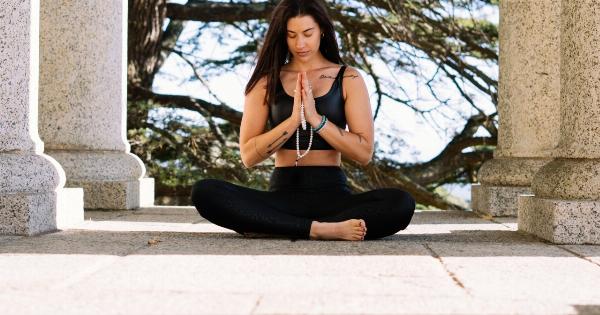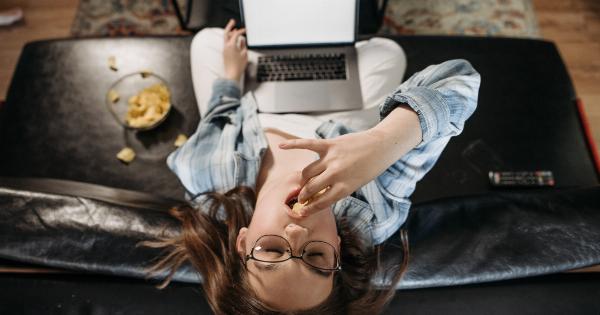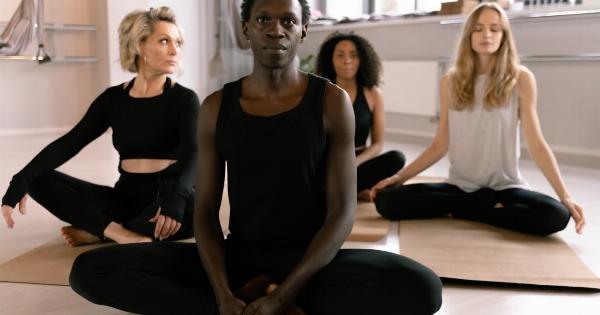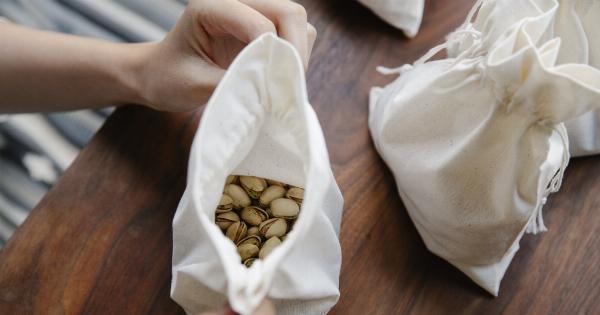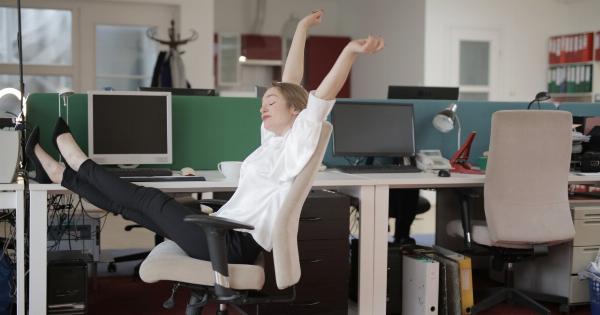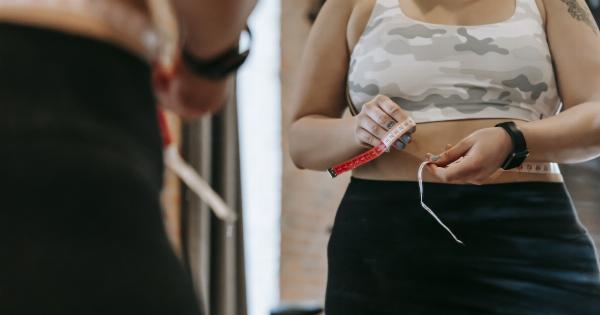Many people spend most of their day sitting, at a desk, in front of a computer, or watching television. This sedentary lifestyle has been linked to several health problems, including obesity, cardiovascular disease, and diabetes.
However, recent studies have shown that not only the amount of time spent sitting, but also the posture maintained during sitting, can impact calorie consumption and overall health.
The Science Behind Sitting Posture
The human body is designed to move and maintain an upright posture. Sitting for prolonged periods can place additional pressure on the spine and lead to postural stress.
Good sitting posture aligns the ears, shoulders, and hips, which helps reduce the stress exerted on the neck and back.
However, it is not just the alignment that impacts health. The position of the legs and the way the body distributes weight are equally important in determining how much energy is expended during sitting.
Sitting postures can be broadly classified into two types: active sitting and passive sitting.
Active Sitting Posture
Active sitting refers to maintaining an upright posture, with the feet flat on the ground, and the back straight. This posture utilizes the muscles in the legs, back, and stomach to maintain stability, and consumes more calories than passive sitting.
It also promotes blood circulation and reduces the risk of deep vein thrombosis (DVT), which is a condition where blood clots form in the legs due to poor circulation.
Active sitting is particularly important for people who spend long hours sitting, for example, office workers.
Studies have shown that people who use active sitting postures experience fewer musculoskeletal problems and report greater comfort than passive sitters.
Passive Sitting Posture
Passive sitting refers to a slouched or a hunched sitting posture, with the weight of the body concentrated on the buttocks and the seat of the chair.
This posture puts pressure on the spinal discs and overworks the back muscles, leading to back pain, and poor posture. Passive sitting also slows down metabolism, leading to increased weight gain and other health problems.
Passive sitting is common in people who spend a lot of time sitting on soft couches or lounge chairs while watching television or using their mobile devices.
The Relationship Between Sitting Posture and Calorie Consumption
The difference between active and passive sitting postures may not seem significant, but studies have shown that the number of calories burned by the body during active sitting is almost double that burned during passive sitting.
This is because active sitting utilizes more muscle groups, leading to greater energy consumption, and eventually leading to weight loss.
A study conducted by the National Institutes of Health found that people who use active sitting postures burn 2.5 times more calories per minute than those who use passive sitting postures.
The study also found that switching from passive to active sitting led to a reduction in body fat and waist circumference.
How to Adopt an Active Sitting Posture
Maintaining an active sitting posture can take time and continuous effort, but it’s not impossible. Here are some tips to help you adopt an active sitting posture:.
- Place your feet flat on the ground, hip-width apart.
- Keep your knees bent at a 90-degree angle
- Align your ears, shoulders, and hips.
- Avoid crossing your legs or ankles.
- Maintain a neutral spine, avoiding a slouched or hunched position.
- Take frequent breaks to perform stretching exercises, walk around, or engage in light physical activity.
- Use a standing desk or a desk cycle to minimize the amount of time you spend sitting.
Conclusion
Good posture is often associated with elegance and charm, but it is also essential for good health.
Adopting an active sitting posture can be an excellent way to promote better blood circulation, improve energy levels, maintain a healthier weight, and reduce the risk of several chronic diseases. Remember to take frequent breaks, practice good posture, and engage in light physical activity whenever possible. Your body will thank you for it!.

